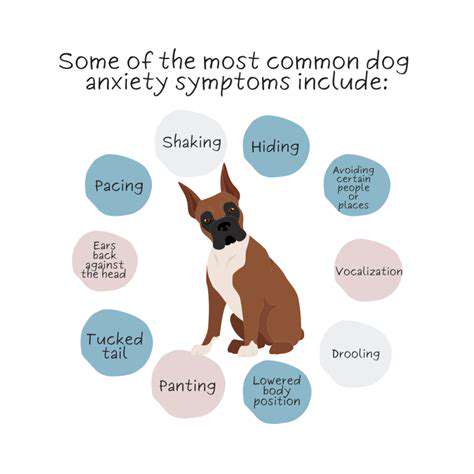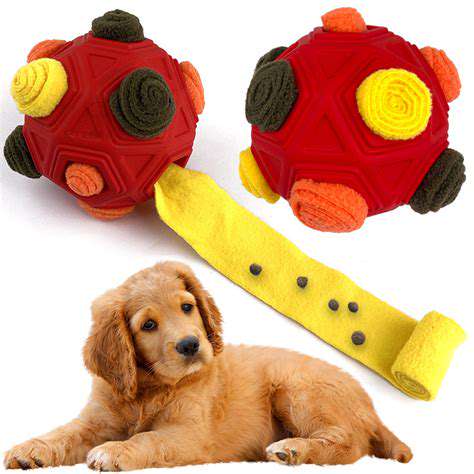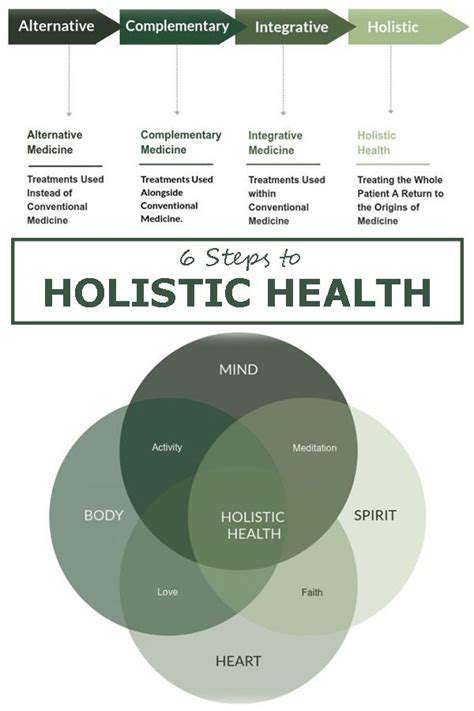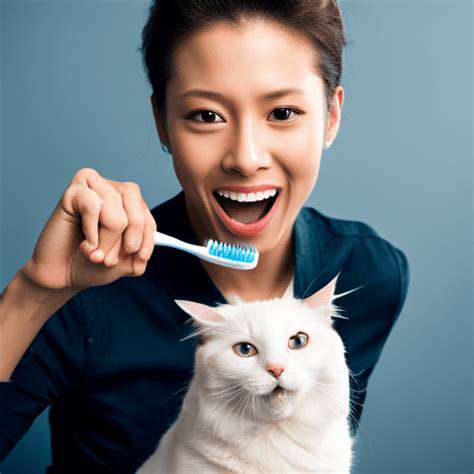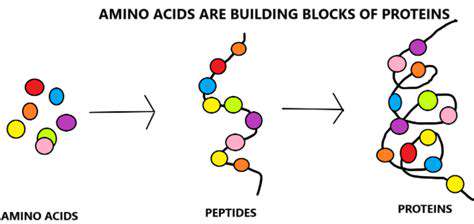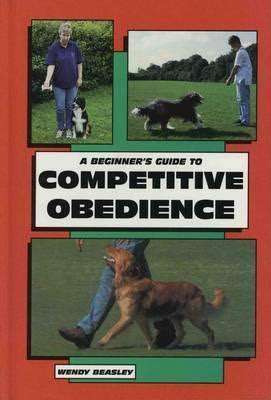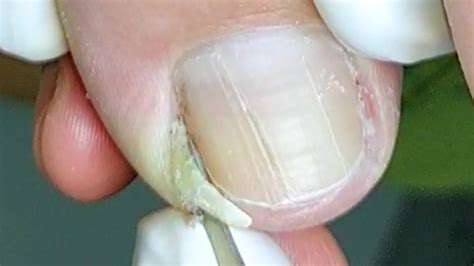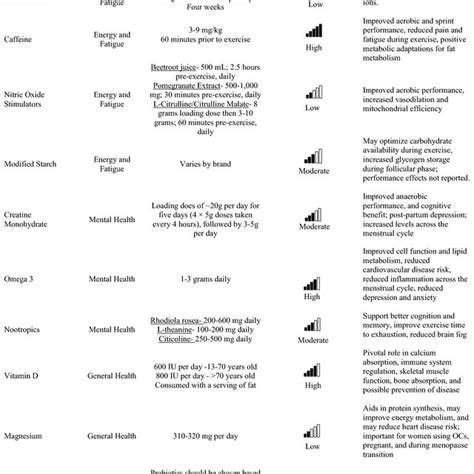Pet Grooming Gloves: Effective Shedding Control
Choosing the Right Grooming Glove for Your Pet
Understanding Your Pet's Needs
Selecting the perfect grooming glove for your pet is essential for their comfort and well-being, ensuring a positive grooming experience. Every breed and coat type has unique requirements. Long-haired dogs need different care compared to short-haired cats. Pay attention to your pet's coat texture—whether it's silky, coarse, or thick. A glove designed for a smooth coat might struggle with tangles in a fluffy one. Tailoring your choice to your pet's specific needs ensures effectiveness without causing discomfort.
Your pet's personality matters too. Some tolerate grooming better than others. A glove that’s too harsh can stress your pet, making future sessions difficult. Watch how your pet reacts to different tools. Begin with light strokes and slowly adjust pressure as they get used to it. Pick a glove that adapts to your pet’s comfort level. The right glove turns grooming into a bonding experience rather than a chore.
Factors to Consider When Selecting a Glove
Material quality is critical. Opt for durable yet gentle fabrics that remove loose hair without irritating skin. Natural options like suede or leather work well, as do synthetic materials like microfiber. Each material offers unique textures and grip, affecting how well it performs.
Fit is equally important. A glove that’s too small won’t cover enough area, while an oversized one feels awkward and hard to control. A snug fit ensures precision and safety during grooming. Avoid gloves that slip, as they could accidentally hurt your pet.
Types of Grooming Gloves and Their Applications
Grooming gloves come in various designs for different tasks. Some excel at removing loose hair, while others tackle mats. Match the glove to your pet’s needs. Heavy shedders benefit from shedding-specific gloves, while pets with tangled fur need textured surfaces to gently work through knots.
Look for gloves with ridges or bumps to loosen dirt and hair efficiently. The right texture depends on your pet’s coat. Advanced options even include massage features, making grooming soothing for your pet. Ergonomic designs reduce hand fatigue, making the process easier for you.
Incorporating Grooming Gloves into Your Pet's Routine
Benefits of Using Grooming Gloves
Grooming gloves provide numerous advantages, from reducing shedding to improving coat health. Their soft texture massages the skin, boosting circulation and minimizing irritation. Beyond practicality, grooming strengthens your bond with your pet.
Choosing the Right Grooming Glove
Select a glove based on your pet’s breed, coat, and size. Softer materials suit sensitive skin, while textured surfaces work for thick coats. Prioritize easy cleaning and comfort—for both you and your pet. A poorly fitting glove can undo the benefits of grooming.
Step-by-Step Grooming Guide
Introduce the glove gently, letting your pet explore it first. Start with light strokes in small sections, focusing on high-shed areas like the belly and legs. Watch for signs of stress and stop if needed. Reward calm behavior to create positive associations.
Addressing Specific Coat Types
Short-haired pets may need only light brushing, while long-haired breeds require thorough detangling. Use different glove textures for various areas—softer parts for sensitive spots, textured ones for mats. Patience ensures a stress-free experience.
Maintaining Your Grooming Glove
Clean the glove after each use with pet-safe soap and warm water. Air-dry it completely before storing. Regular care prevents bacteria buildup and extends the glove’s lifespan.
Tips for Optimal Shedding Control with Grooming Gloves
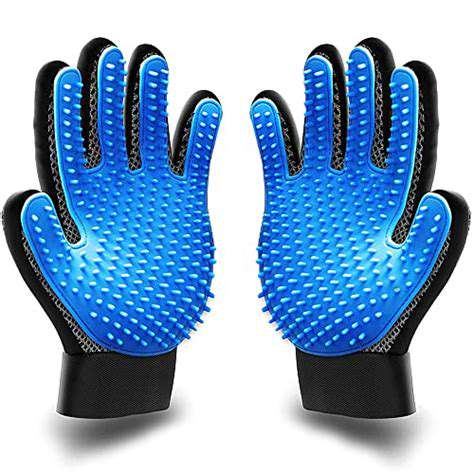
Understanding Your Pet's Shedding Cycle
Shedding varies by breed, age, and season. Anticipating peak shedding times helps you stay ahead of the mess. Seasonal changes often trigger heavier shedding, so adjust your grooming routine accordingly.
Some breeds shed more due to genetics. Knowing your pet’s background helps manage expectations and grooming efforts.
Maintaining a Healthy Coat and Skin
A nutrient-rich diet supports a strong, low-shed coat. Proteins, vitamins, and fatty acids are key. Regular grooming removes loose hair and spreads natural oils, reducing dryness and breakage.
Environmental Factors and Shedding
Keep your home clean to minimize airborne hair. Vacuum frequently and control allergens. Stable indoor temperatures reduce stress-related shedding, especially during seasonal shifts.
Read more about Pet Grooming Gloves: Effective Shedding Control
Hot Recommendations
- Best Pet Bowls: Stainless Steel and Ceramic
- Pet Hydration: Why It's Crucial
- Stop Counter Surfing: Training Your Dog to Stay Off
- Pet Hypothyroidism: Symptoms and Management
- Signs of Pet Liver Disease: What to Watch For
- Pet Emergency Kits: What to Pack
- Dangers of Xylitol: Toxic to Dogs
- Dealing with Pet Diarrhea: When to See a Vet
- Preparing Pets for Travel: Tips for a Smooth Trip
- Pet Depression: Recognizing the Signs
